Wow. It is the last Monday of October and it is Halloween. If you think I have been saving something special for today then you would be correct. Today I want to talk about the Undead!
Ghosts. Vampires. The Undead. These are the monsters that got me into D&D from the start. Yes it was fun to see all the monsters of mythology here, but I didn't want to be Perseus or Heracles, I wanted to be Van Helsing (I ended up as Dr. Seward, and that is fine).
So it is to the undead that my monster-hunting eye has always turned. This has been true for every edition of D&D I have played. Second Edition AD&D had Ravenloft and The Complete Book of Necromancers. Third and Fourth Editions have had today's subjects.
Libris Mortis: The Book of Undead (3.5)
PDF and Hardcover. 192 pages. Full-color cover and interior art. For this review, I am considering both the PDF from DriveThruRPG and my hard-cover book.
Libris Mortis was the undead book for 3.5. Undead were covered in the Book of Vile Darkness for 3.0 and here they get more attention and more details.
Introduction
Tells us all about this book and the basics of the Undead and undeath.
Chapter 1: All About Undead
Gets into the detail of the undead including how they manifest; largely along the traditional Corporeal/Incorpeal lines. Undead physiology and details like metabolism and feeding are covered. There is a useful table of various undead monsters and whether or not they feed, what they feed on, and whether it is needed or just desired. This also covers their senses which can be very different than the living stock they came from. All Undead have Darkvision 60' for example, but their sense of touch is limited.
Also, undead psychology is covered. Namely, how does one deal with being nearly immortal and never changing? There is a bit on undead religion including some gods (in 3.x format) of the Undead. Some of these we have seen before or have seen mentions of. Doresain the King of Ghouls, Nerull the Reaper, and our good friend Orcus are all mentioned here.
Though one of my favorite sections is the Fighting Undead section which covers weaknesses and tactics that can be used in fighting the undead. Much like Professor Hieronymus Grost informs us in Captain Kronos – Vampire Hunter, all undead (not just vampires) have a means to their destruction. This section should make the undead scarier than other monsters. Orcs and Dragons die the same way. You reduce their HP enough with weapons and they will die. Not always so with Undead.
Chapter 2: Character Options
This is a 3.5 book so there are going to be character options. These start with the feats. They are split between undead-friendly feats and undead-hunting feats.
Building off of the Savage Species there are rules for Undead Characters. This includes level adjustments for undead characters. Not every group will want undead characters, but these rules do help. There are even some Monster Classes. Of course, the best use of these is to make unique undead NPCs to threaten characters with.
Chapter 3: Prestige Classes
3.x was all about the prestige classes. And there are several here that I found a lot of fun. There are Death's Chosen (high level lieutenants for the undead), Dirge Singer (a fun bard idea), Master of Radiance (one my Paladin went into), Master of Shrouds (their evil counterpart), Pale Master (Prestige Divine Necromancer), Sacred Purifier (another good undead fighting class), True Necromancer (Prestige Arcane AND Divine Necromancer). The True Necromancer advances in both Divine and Arcane spellcasting classes and gets special powers. It is also an odd Prestige Class in that it has 14 levels. Obviously to give the maximum effect of taking three levels in a divine class (need Knowledge Religion 8 ranks, cast summon undead II) and three levels in an arcane class (need Knowledge Arcan 8 ranks, cast command undead). I also can't help but think this is an obvious nod to the Death Master.
There are also Undead Prestige Classes such as Lurking Terror, Master Vampire, and the Tomb Warden.
At this point, I could run a 3.5 campaign and battle only undead and never run out of combinations and permutations of monster, class, feat, and prestige class combinations.
Chapter 4: Spells
Covers spells for Assassins, Blackguards, Clerics, Druids, Paladins, and Sorcerer/Wizards. There are many here that are new. I'd have to go line by line to see how many came from the Complete Book of Necromancers.
Chapter 5: Equipment
A shorter chapter that covers new equipment. There are alchemical substances, toxins, poisons as well as undead grafts and magic items.
Chapter 6: New Monsters
Nearly 50 new monsters here and only a few seem to come from previous versions of D&D. The Brain in a Jar stands out as a previous one, but the rest are new.
I never get tired of new monsters, especially undead ones.
Chapter 7: Campaigns
This covers the last quarter or so of the book. It covers how to use undead in various roles including using them in encounters. There is also a great section on variant undead. I believe that all undead should be unique in some fashion, often relating to how they lived or died (see "A Christmas Carol"). Only a few examples are given, but they can be extended to all sorts of undead.
There are various cults here that can be used anywhere and in any version of D&D. There are also adventure sites and seeds which can also be dropped anywhere but require some minor conversion for other versions of the game.
This is one of those books I keep coming back to for more ideas. Yes I have been using the undead in my own games for more than 40 years now, but there is something else to do, something else to learn, and more to the point, more monsters to fight.
Open Grave: Secrets of the Undead (4e)PDF and Hardcover. 224 pages. Full-color cover and interior art. For this review, I am considering both the PDF from DriveThruRPG and my hard-cover book.
This book has a solid pedigree. First off one of the authors of this, Bruce R. Cordell, was also one of the authors of Libris Mortis: The Book of Undead. He was also one of main designers of the epic HPE series of Orcus-focused adventures for 4e. This means to me at least that if you are running the HPE series and using undead (and of course you are) then this book is a must-buy. There are more details in this book that make it a great book on D&D Undead, but I will get to those in due time.
Chapter 1: Undead Lore
This book starts much like it's 3.5 Edition counterpart. This chapter covers the hows, whats, and whys of undead. There are sections on physiology, outlook, and psychology, as well as society. These sections are very similar to the 3.5 edition, which makes sense, with the addition of edition specific details.
For my point of view, the two books (Open Grave and Libris Mortis) both compliment and complete each other. Together they are not the final words on Undead, but they cover quite a lot.
The section that is newest here is the one on Shadowfell (and thus why it is a great resource for the HPE adventures).
There are few undead monster stat blocks featured here as well.
Chapter 2: DM's Guide to Undead
This covers DM's rules. In particular there are skill challenges, how to handle hauntings, and building undead into campaigns. This section in particular is good advice to any DM of any edition wanting to use undead in their games.
There are also some artifacts detailed here including the Mask and Sword of Kas, the Soul Sword, the Von Zarovich family sword, and more. Like 3.5 there are even some undead grafts.
New rituals are also detailed. Something I felt D&D 4e never had enough of.
Chapter 3: Undead Lairs
Location-based encounters were a big deal in 4e. This covers ones with an undead flavor to them for Heroic, Paragon, and Epic level tiers. Three of each are featured with character levels from 1st to 26th. As with all 4e encounter listings, there are plenty of quasi-unique monsters here. Sometimes they are new, and often they are just an edit on an existing creature.
Chapter 4: New Monsters
Ah, here is what we want! There are more than just undead here, there are the "unliving" as well; monsters that have cheated death but are not undead themselves. There are 122 statblocks of monsters here. These included variations on the Ghoul, Lich, Mummy, Skeleton, Vampire, and Zombie. There are new creatures including undead constructs and oozes. Our old friend the Brain in the Jar from Ravenloft is also back. So many of these are at least familiar to me and some are new.
Undead Hall of Infamy
This flows from the Chapter 4 material and is nominally part of Chapter 4, it is its own section. Here we get some stats for some of the biggest undead names in D&D history. They include Acererak, Ctenmiir the Cursed (from White Plume Mountain), Kas the Betrayer, Kyuss, Osterneth the Bronze Lich (a new NPC but has the relic, the Heart of Vecna), Strahd von Zarovich, and Vecna himself.
Templates
Also part of Chapter 4 these are templates for undead creatures.
Alternative Powers
Undead should be unique, so these are alternate power for various undead that replaces one or more of the powers they have listed.
The utility of this book to the 4e DM can not be overstated. Especially if you are running the HPE adventures or dealing with any undead.
For me, these books complement each other well. They cover the same basics but go into different sorts of details even outside of their system-related materials.




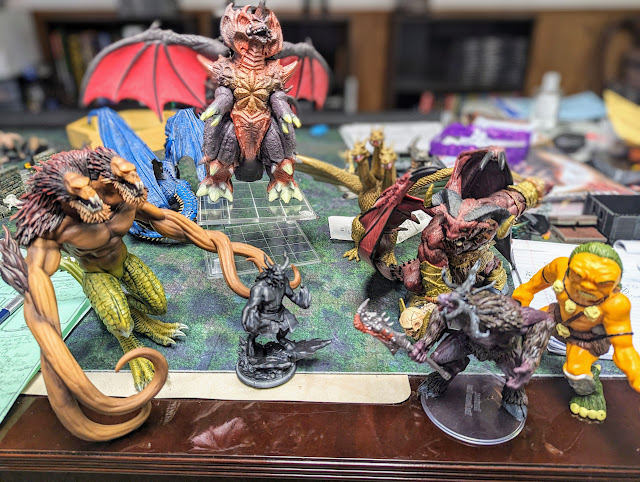



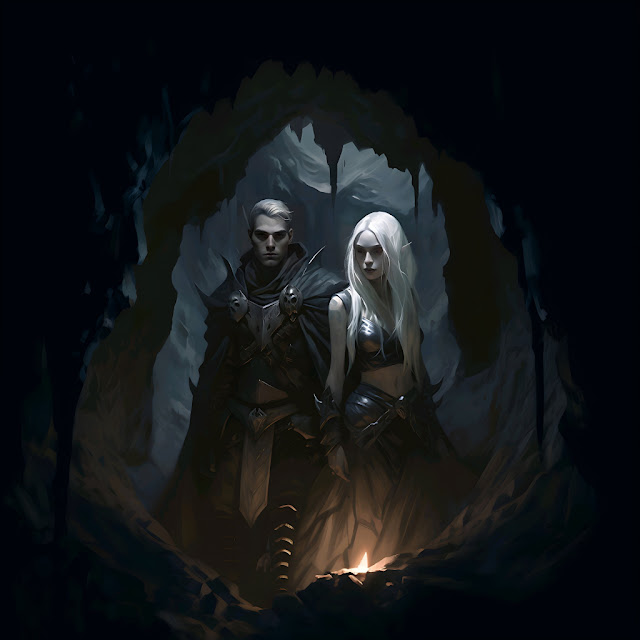
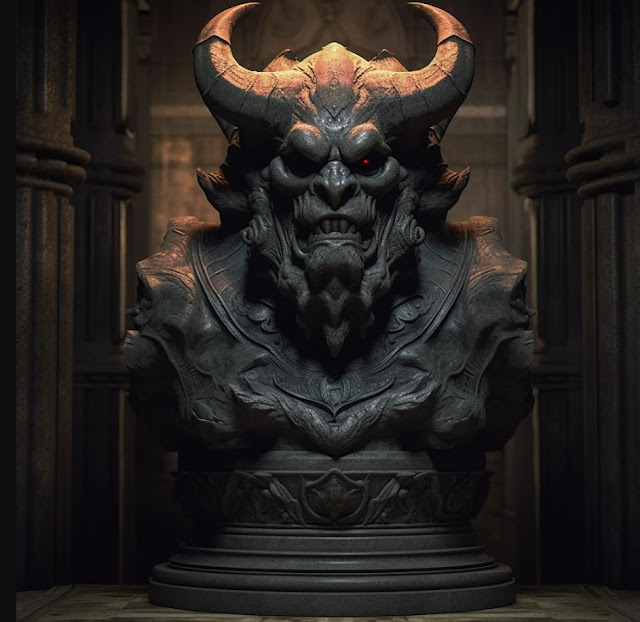

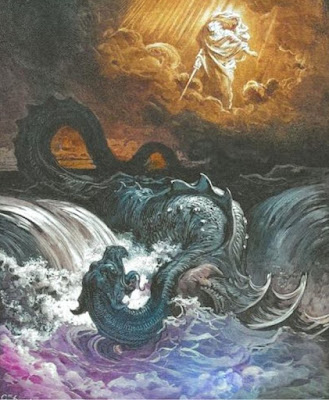
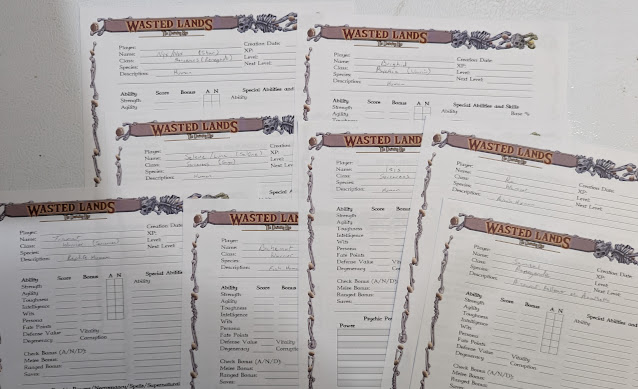
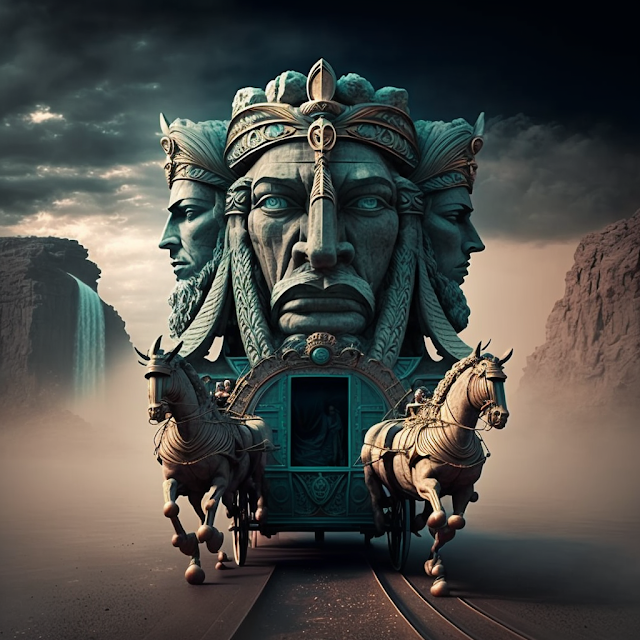
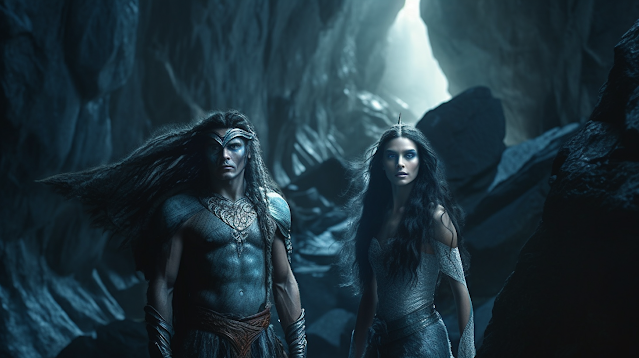


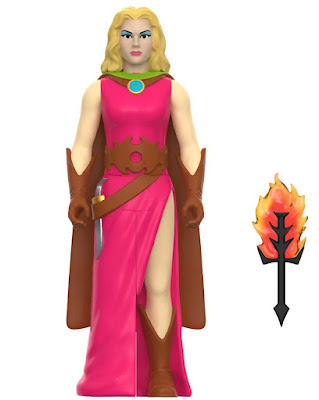
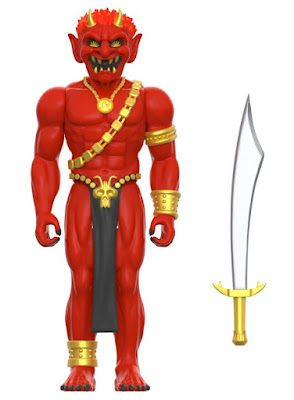



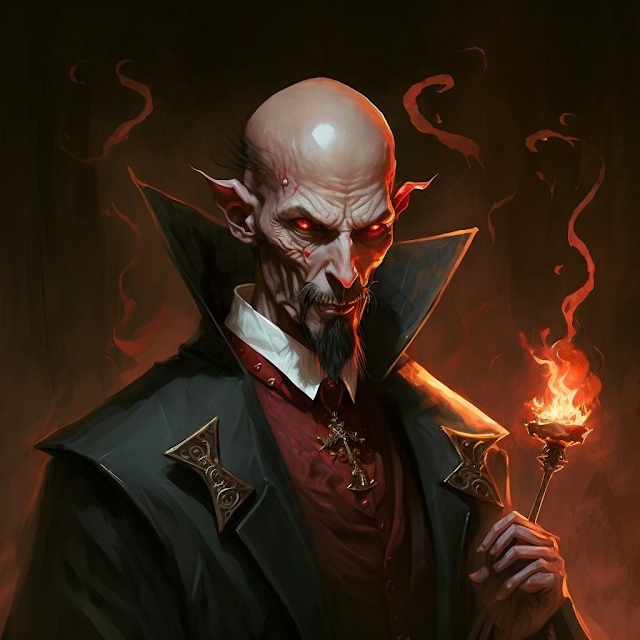

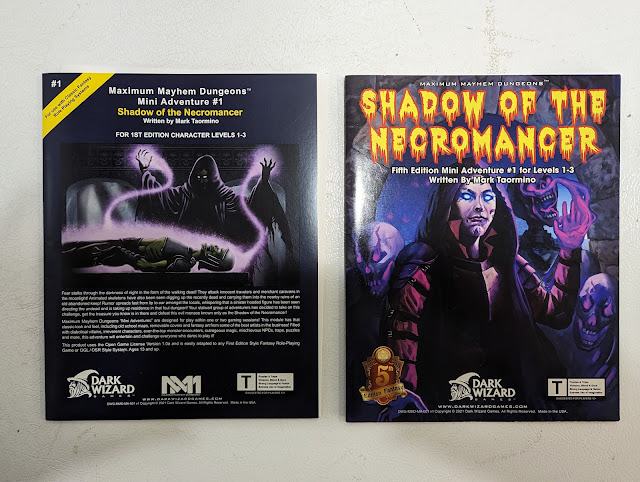

.jpg)
